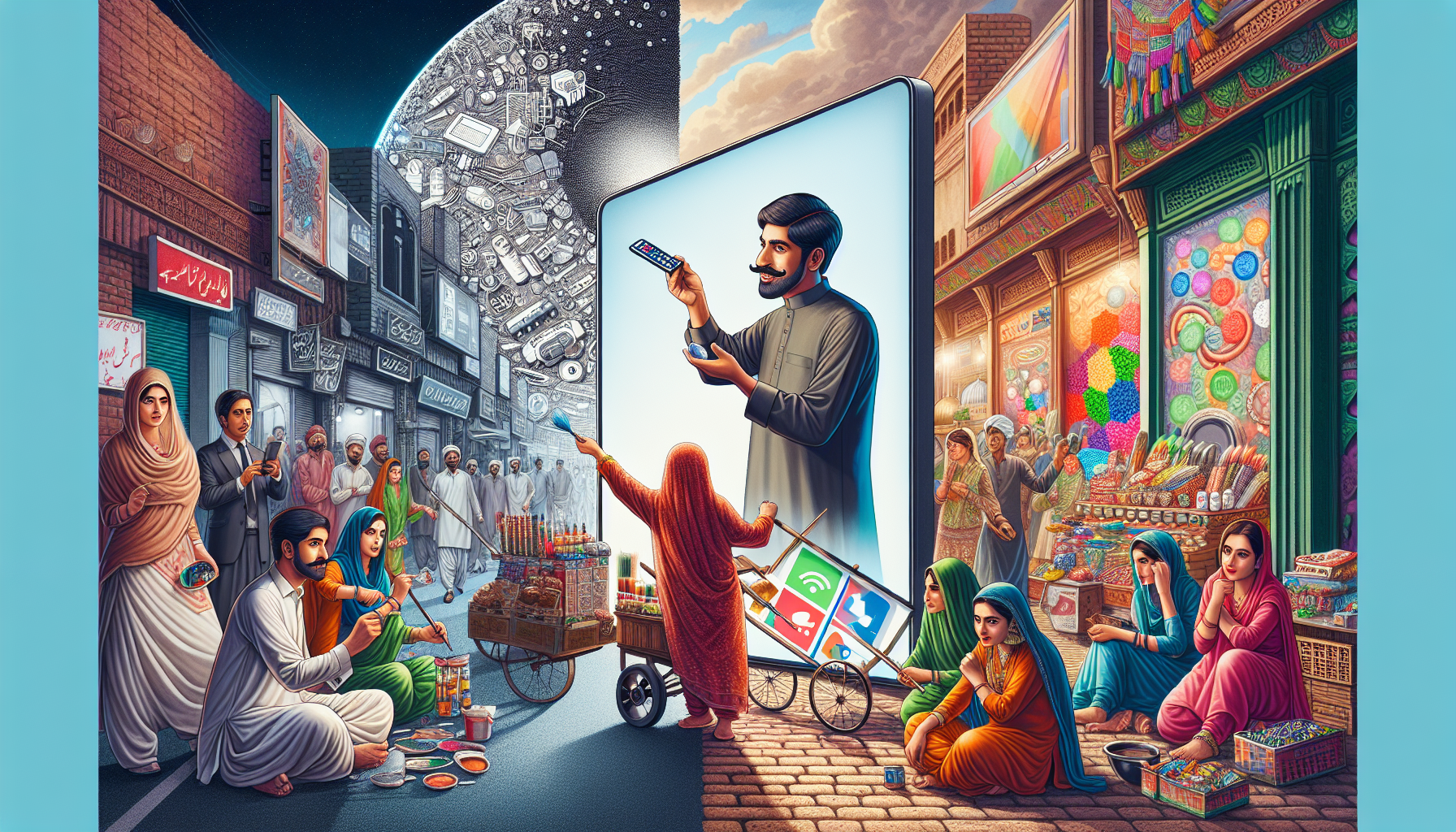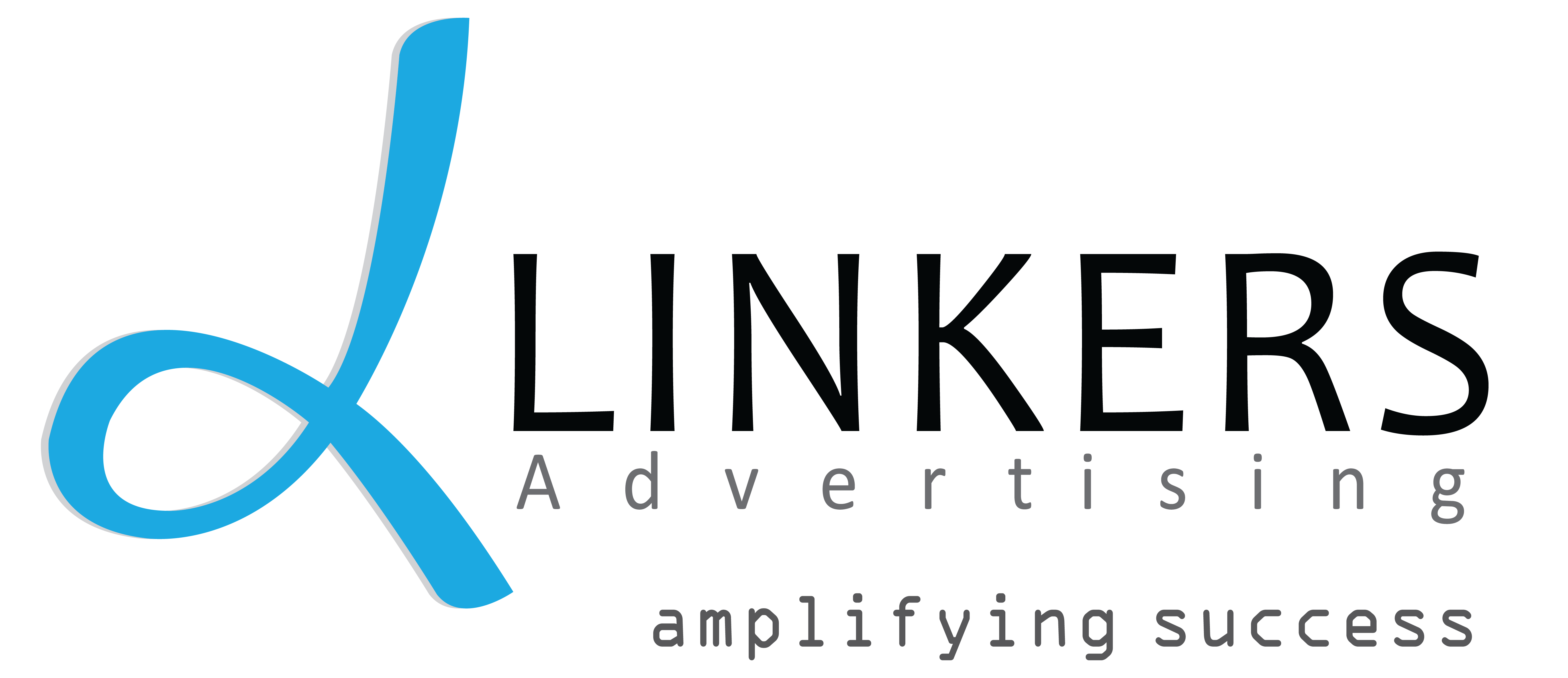
Advertisement in Pakistan has undergone a significant transformation, evolving from traditional mediums to embracing digital platforms. This shift reflects not only technological advancements but also changes in consumer behavior, making advertising more dynamic and interactive. Among the players contributing to this landscape, Linkers Advertising Islamabad has carved a niche, with its expanded portfolio including prestigious campaigns for the Ministry of Information and Broadcasting (MOIB) and innovative marketing initiatives for landmarks like Capital Smart City and Lahore Smart City. This pivot towards a blend of government and commercial projects showcases the agency’s strategic insight and adherence to the brand values of creativity and excellence.
As we delve deeper into this transformation, the journey from conventional to digital advertising mediums outlines the challenges and opportunities faced by advertising companies in Pakistan. With a keen focus on agencies such as Linkers Advertising Islamabad, known for implementing successful campaigns across both government entities like the National Testing Service (NTS) and commercial ventures such as Oslo Heights Islamabad, the article aims to highlight the role of top advertising agencies in Pakistan in setting new trends. This exploration will shed light on how advertising agencies in Pakistan are navigating the modern landscape, utilizing a blend of creativity, strategic planning, and digital innovation to connect with audiences effectively.
1. The Roots of Pakistani Advertising
In the vibrant tapestry of Pakistan’s advertising history, the journey from traditional to modern advertising is both fascinating and instructive. Here’s a concise exploration:
The Dawn of Advertising in Pakistan (1947-1960s)
- 1947: The inception of Pakistan’s advertising industry was marked by the establishment of local agencies like Malani & Co, soon after independence.
- 1960s: The era saw hand-painted billboards, meticulously crafted by skilled artists, dominating the urban landscape. This period also witnessed the entry of multinational corporations and international advertising agencies setting up offices in Pakistan, introducing a blend of local and global advertising practices.
Technological Advancements and Cultural Shifts (1970s-2000s)
- 1970s-1980s: The advertising narrative evolved with the popularity of drama soaps, focusing on quality imagery, music, and celebrity endorsements. The late ’80s marked the advent of computer technology, revolutionizing ad creation with graphics and animations.
- Early 2000s: Introduced the concept of ‘short concepts create fame’, emphasizing modern advertising effects and visuals. This era also saw Indian celebrities becoming brand ambassadors for the Pakistani market, a notable example being the TVC for Safeguard’s Commander Safeguard in 2008.
The Evolution of Branding
- Iconic brands like Pepsi and Shan Foods have demonstrated remarkable evolution in their advertising strategies. From Pepsi leveraging cricket stars to Shan Foods establishing itself as a global phenomenon through smart sampling and word-of-mouth, these brands exemplify the dynamic nature of advertisement in Pakistan.
This narrative underscores not just the technological and strategic evolution of advertising in Pakistan but also the rich cultural reflections that have shaped its journey.
2. The Transition Era: Embracing Change
As the 1990s unfolded in Pakistan, the advertising landscape began to embrace significant changes, setting the stage for what would become an era of innovation and transformation:
Technological Advancements and Regulatory Changes
- The introduction of large format spectaculars and digital printing marked a significant leap forward, increasing the visibility and versatility of billboards across urban landscapes.
- However, this proliferation led to regulatory scrutiny, with city municipalities imposing taxes to manage the burgeoning number of outdoor advertisements.
- By 2010, the Punjab Government intervened to rationalize outdoor advertising structures, aiming to tackle the issue of clutter while ensuring a balanced urban aesthetic
The Evolution of Outdoor Advertising
- The entry of international specialist agency brands, such as Kinetic, into the Pakistani market in 2010 heralded a new phase for outdoor advertising, transitioning it towards an out-of-home (OOH) approach.
- This period also saw the Pakistan Advertisers Society (PAS) commissioning MOVE for the measurement of OOH visibility and exposure in 2015, underscoring a growing emphasis on accountability and effectiveness in advertising strategies.
Cultural and Technological Integration:
- Television advertising soared in popularity due to its visual appeal and broader audience reach, supported by increasing advertising budgets from multinational corporations entering the Pakistani market.
- The fusion of global advertising trends with local cultural nuances became more pronounced as local agencies collaborated with international firms, enriching the advertising content with a blend of creativity and strategic insight.
- The widespread adoption of Urdu in advertisements strengthened the connection with local audiences, while the internet and mobile technology revolutionized the industry by introducing digital advertising as a pivotal component.
This narrative underscores not just the technological and strategic evolution of advertising in Pakistan but also the rich cultural reflections that have shaped its journey.
3. The Digital Dawn: A New Age for Print Ads
With the digital landscape in Pakistan evolving rapidly, the dawn of digital advertising heralds a new age for print ads, transforming the way businesses connect with their audience. Here’s how the transition unfolded:
Emergence of Digital Platforms
- The advent of the internet and digital platforms significantly revolutionized the advertising industry, with social media advertising gaining immense popularity due to the increasing use of smartphones and affordable internet packages.
- Approximately 40 million active social media users in Pakistan have made platforms like Facebook, Instagram, Twitter, LinkedIn, Snapchat, and TikTok prime targets for digital advertising.
- The benefits of leveraging these platforms include precise targeting, unparalleled reach and visibility, and the ability to engage with the audience in real-time, offering an interactive dimension that traditional print ads could not.
Shift in Ad Spending
- The projection indicates ad spending in the Digital Advertising market reaching US$201.8m by 2024, with Search Advertising leading the market at a volume of US$96.0m.
- An interesting shift is the forecast that 52% of total ad spending will be generated through mobile by 2028, emphasizing the growing importance of mobile platforms in advertising strategies.
- Furthermore, 83% of Digital Advertising revenue is expected to be generated through programmatic advertising by 2028, highlighting the increasing reliance on automation and AI in ad placements.
Impact on Traditional Advertising
- Despite the surge in digital advertising, traditional print ads are finding new life through hybrid strategies. Integrating QR codes, augmented reality (AR) elements, and URLs in print ads to bridge the gap between the physical and digital realms has become a common practice.
- Companies like Linkers Advertising Islamabad are at the forefront of this transformation, utilizing their expanded portfolio to include innovative campaigns that blend traditional and digital mediums effectively. Their work with the Ministry of Information and Broadcasting (MOIB), National Testing Service (NTS), and commercial ventures like Capital Smart City and Lahore Smart City branding campaigns exemplifies the strategic blending of mediums to maximize reach and impact.
This synergy between traditional and digital advertising mediums underscores a transformative era in advertisement in Pakistan, where innovation and strategic insight drive the narrative forward.
4. Cultural Reflections in Modern Print Ads
In the realm of modern print ads, cultural reflections play a pivotal role in establishing a deep connection with the audience. The essence of Pakistani culture, with its rich traditions and values, is ingeniously woven into advertising narratives, making each campaign not just a promotion but a celebration of identity. Here’s a closer look at how cultural elements are integrated:
Cultural Symbols and Narratives
- Pakistani Cuisine: Advertisements for food products, such as Shan Foods, often feature traditional dishes, emphasizing authentic spices and flavors unique to the region. This not only appeals to the taste preferences of the target audience but also evokes a sense of home and belonging.
- Traditional Attire: Fashion brands leverage cultural attire, showcasing models in shalwar kameez and saris, to resonate with local sensibilities while promoting clothing and accessories. This approach not only highlights the beauty of Pakistani fashion but also reinforces cultural pride.
Artistic Elements
- Visuals: The use of vibrant colors and intricate patterns, reminiscent of Pakistani truck art, in advertisements for clothing and home decor, adds a visually appealing and culturally rich dimension to the campaigns.
- Calligraphy: Incorporating Urdu calligraphy, especially in luxury brand advertisements, serves as a nod to Pakistan’s rich literary history, adding an element of sophistication and cultural reverence.
Societal Values
- Family Orientation: Reflecting the importance of family in Pakistani culture, many advertisements, particularly from international brands like Coca-Cola and Nestle, are designed to appeal to family values, showcasing moments of togetherness and celebration.
- Beauty Standards: Advertisements for beauty products often emphasize fair skin, aligning with societal beauty standards, although this is slowly evolving with global influences advocating for a broader representation of beauty.
These strategies not only ensure the advertisements are culturally relevant and engaging but also underscore the importance of respecting and reflecting societal values and traditions in marketing campaigns.
5. Conclusion
Throughout this exploration, we’ve journeyed from the roots of traditional advertising in Pakistan to the innovative forefronts led by pioneers such as Linkers Advertising Islamabad. Their strategic deliverance of seamless campaigns for significant entities like the Ministry of Information and Broadcasting (MOIB), National Testing Service (NTS), and commercial milestones including Capital Smart City and Lahore Smart City, reveal the profound transformation within the Pakistani advertising sector. These narratives not only demonstrate the dynamic evolution of advertising stratagems but also underscore the passion and creativity infused by agencies to resonate deeply with diverse audiences across multiple platforms.
In reflecting upon these advancements, it’s evident that the advertising landscape in Pakistan is in a state of vibrant flux, with technological innovations and cultural integrations shaping the future of advertisement. Agencies like Linkers Advertising Islamabad stand as beacons of progress, harnessing the power of digital and traditional mediums to craft messages that captivate and inspire. Ready to unlock the secrets of advertisement transformation in Pakistan? Dive into our insightful exploration from the old guard to the cutting-edge new era. This concludes not merely a retrospect of advertising evolution but invites stakeholders to envisage and partake in the unfolding future of advertisement in Pakistan, where creativity meets strategy to pave new realms of connectivity and impact.

